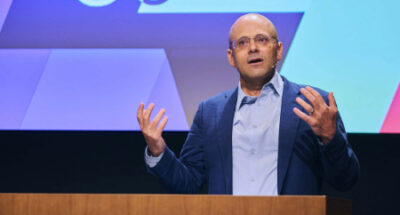Change the atmosphere
Beyond hiring, conscious leadership means creating environments where care, kindness, and empathy are central. James Rhee, author of Red Helicopter, advocates the power of kindness in organizations, showing how empathy and gratitude can create workplaces where people thrive. Expressing gratitude in the workplace is more than a feel-good gesture; it has measurable impacts. A Harvard Business Review study found that teams led by leaders who regularly express gratitude are 50% more productive. LinkedIn’s Workforce Study showed that recognizing contributions results in 73% higher engagement and 82% greater job satisfaction. Gratitude fosters respect, which in turn drives collaboration, but it’s essential to measure what matters.
Traditional metrics like financial performance and hierarchical advancement tell only part of the story. For meaningful change, we need to evaluate qualities such as empathy, kindness, collaboration, and care. Tools like a “kindness barometer” or a “care barometer” could assess how well companies integrate empathy into their leadership models. Organizations such as Great Place to Work and The Happiness Index measure aspects of culture and well-being, but we need more specific assessments of conscious leadership’s impact on employees.
Deloitte’s research shows that companies with inclusive leadership – where influence is shared and voices are heard – are twice as likely to meet or exceed financial targets. They are also six times more likely to be innovative and agile.
Indeed, when influence is shared and leadership distributed, companies perform. The 2018 Global Leadership Forecast found that organizations prioritizing shared leadership experience 4.5 times higher leadership quality and are 29% more likely to foster teams that drive innovation. Google’s Project Aristotle discovered that psychological safety – not hierarchy or seniority – is the key to high-performing teams. When employees feel safe to share ideas and take risks, creativity and innovation flourish, just as a “we” culture promotes.
Moreover, the best qualities of conscious leaders – care, passion, kindness, and collaboration – are inherent in caregivers. Yet millions of caregivers, primarily women, leave the workforce due to the demands of caregiving, taking these leadership qualities with them. By better-supporting caregivers, companies not only retain great leaders but also preserve the qualities that drive success in a conscious workplace.
At its core, conscious leadership recognizes that a little gratitude, care, and kindness go a long way. By focusing on conscious hiring, sharing power, and the transformative influence of empathy, we can redefine leadership for a new era.


 Audio available
Audio available




 Audio available
Audio available